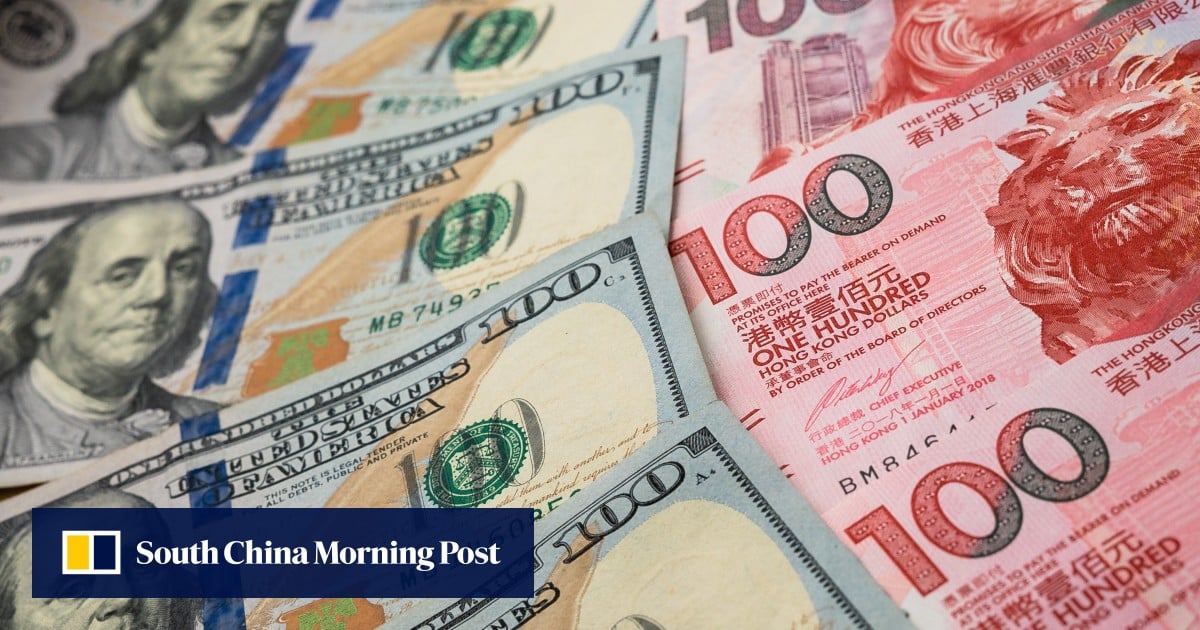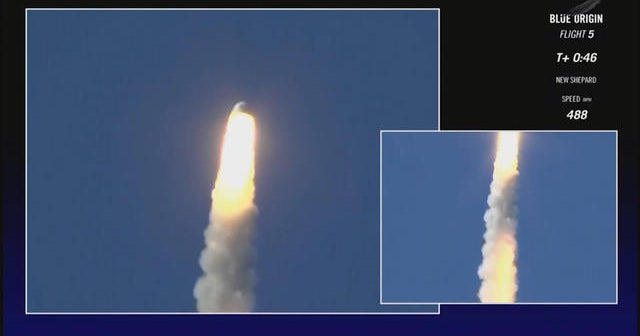Hong Kong Uses US Dollar Reserves To Maintain Currency Peg

Table of Contents
The Hong Kong Dollar Peg Mechanism
Hong Kong's currency peg operates under a linked exchange rate system, where the HKD is pegged to the USD within a narrow band of 7.75 to 7.85 HKD per USD. This tight band ensures relative price stability and predictability for businesses operating in Hong Kong. The HKMA plays a crucial role in maintaining this peg, acting as the central bank responsible for managing Hong Kong's foreign exchange reserves. Hong Kong operates under a currency board system, meaning the HKMA is obligated to issue HKD only against US dollar reserves held in its account.
- Currency Board: A currency board system limits the amount of HKD in circulation to the amount of US dollar reserves held. This provides a strong backing for the currency.
- Intervention Mechanism: To maintain the peg, the HKMA intervenes in the foreign exchange market by buying or selling US dollars. If the HKD weakens, the HKMA sells USD to increase demand for HKD, and vice versa.
- Reserve Importance: Maintaining sufficient USD reserves is absolutely critical. These reserves act as a buffer against market fluctuations and speculative attacks. Without sufficient reserves, the HKMA's ability to defend the peg is severely compromised.
The Significance of US Dollar Reserves
Hong Kong's US dollar reserves are not merely a financial asset; they are the lifeblood of its currency peg. These reserves, accumulated through years of trade surpluses and strategic investments, are the primary defense mechanism against market pressures that could threaten the HKD/USD peg. When speculators bet against the peg, attempting to drive down the HKD, the HKMA uses its US dollar reserves to buy HKD, thereby supporting its value and defending the peg.
- Sources of Reserves: Hong Kong's considerable US dollar reserves are sourced from sustained trade surpluses and significant foreign investment into the Hong Kong economy.
- Reserve Size: The size of Hong Kong's foreign exchange reserves is substantial, providing a significant buffer against potential shocks. The exact amount fluctuates, but it consistently ranks among the highest globally per capita.
- Reserve Risks: While holding large USD reserves provides stability, it also carries inherent risks. Fluctuations in the USD's value can impact the real value of these reserves, and holding a significant portion of assets in a single currency exposes Hong Kong to potential currency risk.
Challenges and Risks to the Hong Kong Dollar Peg
The Hong Kong dollar peg, while largely successful, faces potential challenges. Capital flows, both inflows and outflows, can put pressure on the exchange rate. Speculative attacks, where investors bet against the peg, also pose a threat. External economic shocks, such as global recessions or shifts in global financial markets, can indirectly impact the stability of the peg.
- US Interest Rate Changes: Changes in US interest rates can influence capital flows into and out of Hong Kong, potentially affecting the peg.
- Geopolitical Factors: Geopolitical events impacting the US dollar or Hong Kong's relationship with mainland China can create significant uncertainty and pressure on the peg.
- Potential Alternatives: While the current system has proven robust, alternative exchange rate regimes have been discussed, although abandoning the peg would carry significant economic risks and uncertainty.
The Future of the Hong Kong Dollar Peg
The long-term prospects for the HKD/USD peg remain a topic of ongoing discussion. The benefits of maintaining the peg – price stability, reduced exchange rate risk, and confidence in the Hong Kong economy – are significant. However, the potential drawbacks, including a loss of monetary policy independence and vulnerability to external shocks, need to be considered.
- Arguments for Maintaining the Peg: The peg has been instrumental in Hong Kong's economic success, fostering stability and attracting foreign investment.
- Arguments for Alternatives: Some argue that a greater degree of monetary policy independence could be beneficial, even if it involves greater exchange rate volatility.
- Future Challenges and Adaptations: The HKMA will need to continue to adapt its strategies to address emerging challenges, such as technological advancements in finance and shifts in global economic power.
Conclusion: Understanding Hong Kong's Reliance on US Dollar Reserves
Hong Kong's currency peg to the US dollar, maintained through significant US dollar reserves managed by the HKMA, is a cornerstone of its economic stability. While the system has proven resilient, understanding the complexities of this peg, including its dependence on USD reserves, its vulnerabilities to external shocks, and the ongoing need for adaptation, is crucial. Stay informed about the latest developments in Hong Kong's management of its US dollar reserves and the future of its currency peg to fully appreciate the intricate workings of this vital aspect of Hong Kong's financial system.

Featured Posts
-
 Raskol Druzhby Kupera I Di Kaprio Rol Zhenschiny
May 05, 2025
Raskol Druzhby Kupera I Di Kaprio Rol Zhenschiny
May 05, 2025 -
 Blue Origins Launch Abort Details On The Subsystem Issue
May 05, 2025
Blue Origins Launch Abort Details On The Subsystem Issue
May 05, 2025 -
 Onde Assistir Corinthians X Santos Ao Vivo Horario E Times
May 05, 2025
Onde Assistir Corinthians X Santos Ao Vivo Horario E Times
May 05, 2025 -
 Singapore Votes Ruling Partys Dominance Challenged
May 05, 2025
Singapore Votes Ruling Partys Dominance Challenged
May 05, 2025 -
 Ajagbas Ibf Blow Bakole Vs Parker Fight Breakdown
May 05, 2025
Ajagbas Ibf Blow Bakole Vs Parker Fight Breakdown
May 05, 2025
